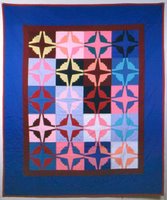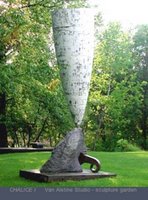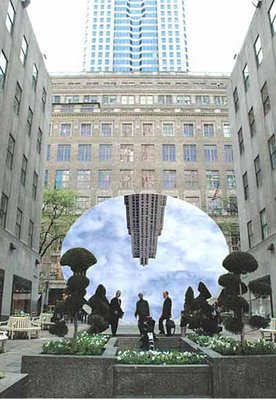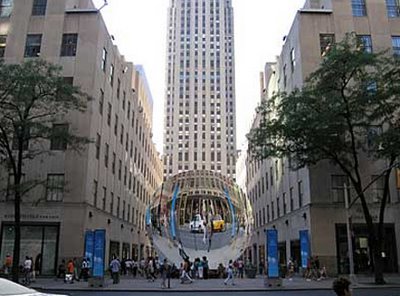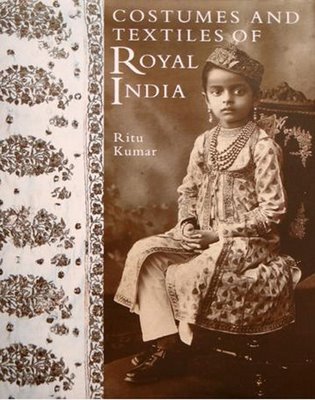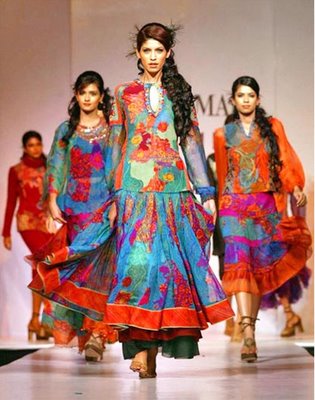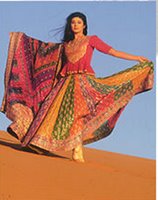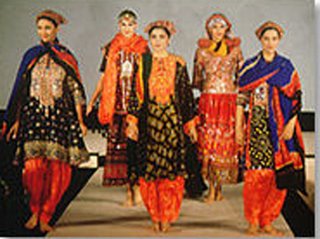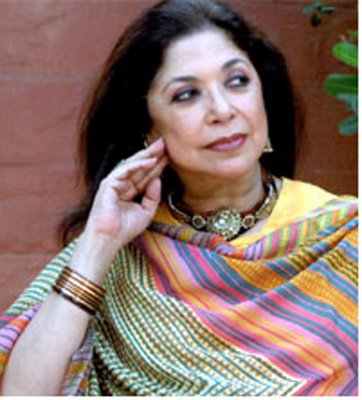Remembering Scavullo
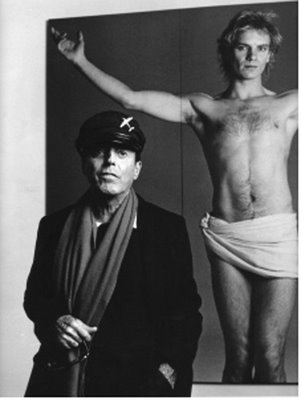 Last evening, Liz Derringer arranged a party for Sean Byrnes at New World Stages to launch Francesco Scavullo - A Photographic Retrospective, which I gather is the biggest exhibition of his work to date. This follows on the benefit auction of originals at Sotheby's last April. The former movie theater provided a suitably stark backdrop for several series of limited edition, comprising eighty hand-developed silver gelatin prints made from unretouched negatives, under Sean Byrnes' supervision. Togeher, these presented a tour de force of the iconography of the sixties, seventies and eighties, with everyone caught in full bloom at the height of their extremely personal beauty.
Last evening, Liz Derringer arranged a party for Sean Byrnes at New World Stages to launch Francesco Scavullo - A Photographic Retrospective, which I gather is the biggest exhibition of his work to date. This follows on the benefit auction of originals at Sotheby's last April. The former movie theater provided a suitably stark backdrop for several series of limited edition, comprising eighty hand-developed silver gelatin prints made from unretouched negatives, under Sean Byrnes' supervision. Togeher, these presented a tour de force of the iconography of the sixties, seventies and eighties, with everyone caught in full bloom at the height of their extremely personal beauty.  Of course, every image was arresting, but a few in particular caught my attention downstairs: one of David Hockney's head, another of Andy Warhol with Jed Johnson, a strikingly positioned picture of Andrew and Jamie Wyeth, and another of Carmen Dell'Orefice taken in 1948.
Of course, every image was arresting, but a few in particular caught my attention downstairs: one of David Hockney's head, another of Andy Warhol with Jed Johnson, a strikingly positioned picture of Andrew and Jamie Wyeth, and another of Carmen Dell'Orefice taken in 1948.  Upstairs, people exclaimed softly over the Hollywood Women and Song portfolios, where Lena Horne's smile and Ravi Shankar's eyebrow and the very young and bewigged Liza Minelli shone along with a carefree Susam Sarandon, Goth Deborah Harry, a tidy young Pavarotti, a fresh, laughing Janis Joplin and a very Elizabethan Bette Midler-- all styled with what looks like a light touch today. Of course, it was a really, really good party, and it is remarkable that all of these and many more are available for purchase online.
Upstairs, people exclaimed softly over the Hollywood Women and Song portfolios, where Lena Horne's smile and Ravi Shankar's eyebrow and the very young and bewigged Liza Minelli shone along with a carefree Susam Sarandon, Goth Deborah Harry, a tidy young Pavarotti, a fresh, laughing Janis Joplin and a very Elizabethan Bette Midler-- all styled with what looks like a light touch today. Of course, it was a really, really good party, and it is remarkable that all of these and many more are available for purchase online.
This portrait of Oriana Fallaci wasn't in the exhibition; it certainly doesn't belong in any of the portfolios -- but it is on flickr.com, and is of the moment in its way, so I thought I'd put it in here for that and all the other reasons that might come to mind.

